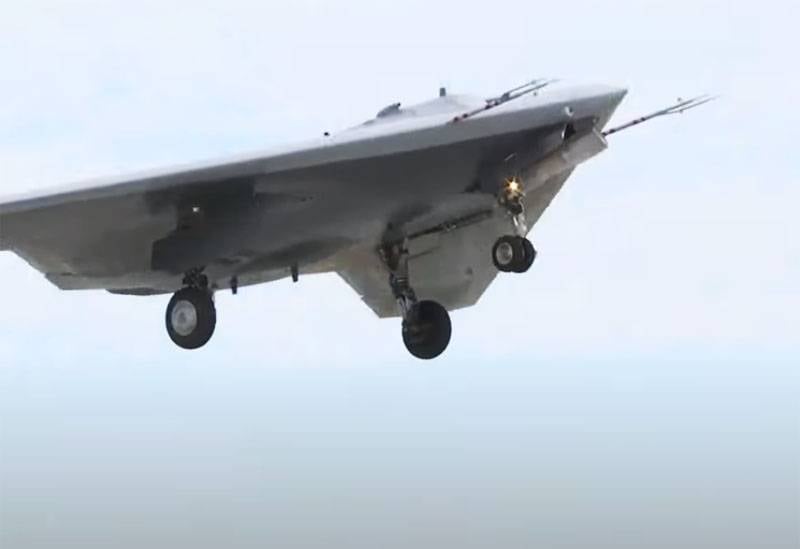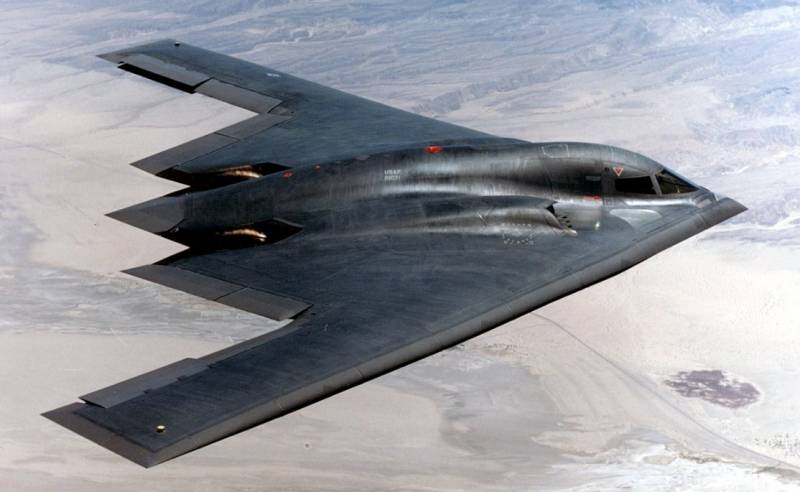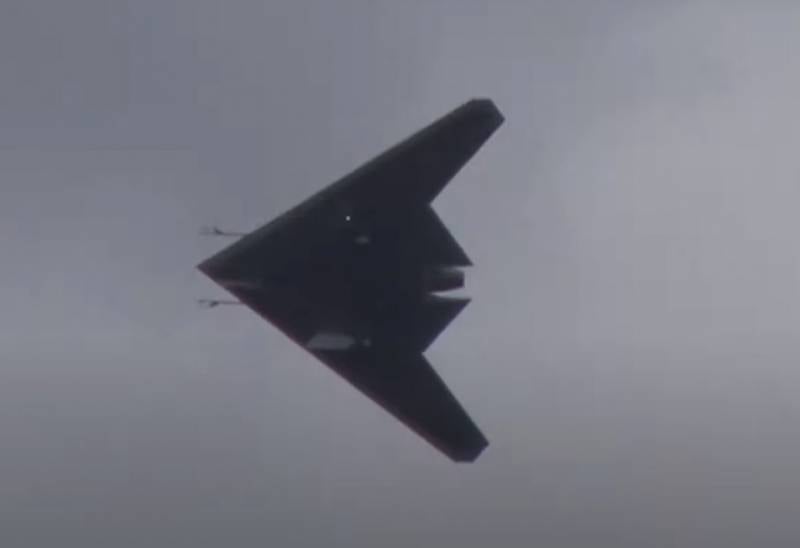The “flying wing” scheme: attractiveness for airframes and UAVs

The desire to create aircraft, which would minimize unnecessary components that are not involved in providing lift, caused the appearance of the “flying wing” scheme.
How aviation developed and implemented the “flying wing” scheme
Attempts to implement such a scheme took place a century ago: already in 1922 in the Soviet Union, Boris Cheranovsky designed light gliders according to the “flying wing” scheme. In Nazi Germany, such developments "intensified" during the Second World War under the leadership of the Horten brothers.
But we are now seeing a genuine surge of interest in the “flying wing” scheme, due to the growing popularity of stealth technologies. Modern aircraft are subject to increased requirements in terms of reducing radar and infrared visibility. As a result, the first modern production aircraft with a “flying wing” scheme was developed - Lockheed's F-117 Nighthawk strike fighter. Then came the Northrop B-2 Spirit bomber.
The main advantages of the “flying wing” scheme are: the lifting force is created by the entire surface of the aircraft, and not by its separate part; the specific gravity of the glider is reduced, which allows to increase the payload; the effective area of dispersion and radar visibility of the aircraft is reduced.
Such characteristics have led to the fact that now a number of states produce or develop aircraft with the “flying wing” scheme. In the United States, this is the SR-91 Aurora hypersonic strategic stealth scout, the B-3 stealth bomber, and in China, the Xian H-20 long-range strategic stealth bomber.
If we talk about our country, the “flying wing” scheme is used in the development of the Tupolev Design Bureau of the long-range strategic bomber PAK DA, which they intend to start producing after 2025.
Unmanned aerial vehicles of the “flying wing” scheme
A separate issue is strike and reconnaissance unmanned aerial vehicles. Drone boom aviation, as shown by the fighting in Syria and Libya, is just beginning, which means that developed countries, which are major producers of droneswill try to improve their drones, including producing them using the most modern technologies. The "flying wing" scheme has found its application in such unmanned aerial vehicles as the American Boeing X-48 UAV. Since 2018, Russia has been testing the S-70 Okhotnik strike UAV.
If we take a look at the American experimental Boeing X-48, we will see that it is based on the “flying wing” scheme and shows greater efficiency than conventional drones.
The American authors of The National Interest magazine call the Russian attack drone very similar to the inconspicuous UAVs used by American aircraft. To this conclusion, in particular, comes Sebastien Roblin, analyzing the appearance of the Russian S-70 "Hunter".
At the same time, the “flying wing” scheme is not free, like any other technology, from certain shortcomings. So, as A.Sh. Biksaev et al. In the article “Aircraft of Unconventional Designs” are the inability to reach the maximum lift coefficient, the lack of flexibility in terms of loading, especially at low payload density.
However, experts agree that the aerodynamic forms of modern aircraft are getting closer to the “flying wing” scheme, and this means that it really has high efficiency, especially if we are talking about military aviation.


Information